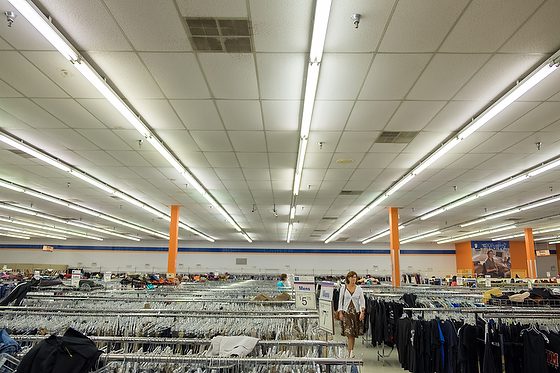| | | Fujifilm X-E2, Fuji XF 18-55mm, ISO 400, ƒ/2.8, 1/125 |
|
Rami Malek picked up the Emmy Award for Outstanding Lead Actor for his role in “Mr. Robot.” Malek had the perfect Elliot line to deliver: “Please tell me you’re seeing this too.”
“I play a young man who is, like so many of us, profoundly alienated,” Malek said, which lives with social anxiety disorder and clinical depression in the show. “And the unfortunate thing is I’m not sure how many of us would want to hang out with a guy like Elliot.
“But I want to honor the Elliots cause there’s a little bit of Elliot in all of us.” Todd Campbell, the director of photography for Mr. Robot, helps make the show visually cerebral. This approach helps to connect the show to the nerds. For a writer’s concept to truly connect with cinema, a director of photography helps to bring out the writer’s moods and tone through the visual. The cinema-photography is writing with light to compliment the words to bring the audience along with the storylines.
 | | Fujifilm X-E2, Fuji XF 18-55mm, ISO 500, ƒ/3.2, 1/60 |
|
Campbell’s use of the negative space helps to make the audience’s eyes wander through the scene. By not using a lot of movement in a shot, the audience has time to ponder the scene.
 | | Fujifilm X-E2, Fuji XF 18-55mm, ISO 800, ƒ/3.6, 1/60 |
|
Most movies today have more than 50% of the scenes being close-up shots. This technique makes you wonder what is outside the frame to engage the audience.
 | | Fujifilm X-E2, Fuji XF 18-55mm, ISO 400, ƒ/2.8, 1/60 |
|
When you go close, you wonder what is beyond the frame.
 | | Fujifilm X-E2, Fuji XF 18-55mm, ISO 400, ƒ/2.8, 1/60 |
|
You see what is going on going much broader, but your eye wonders much more. In this process, you start to write your visual narrative even more. For me, this is a much more cerebral exercise for the audience, and if you pause long enough on your visuals, the audience will start to take it in. Here is the trailer for Mr. Robot.
[youtube https://www.youtube.com/watch?v=Oc-AsN7d1wg]
To appeal to the nerds and deep thinkers, you have to give them the content that allows their brains to engage and process the content. Mr. Robot does this not just with the storyline, but the visuals help genuinely engage the audience in a way rarely done within cinema today.
Maybe the most significant reason Mr. Robot is such a big hit is that it is unconventional. By being different, the show’s creators appear to be revolutionary. For me, it is a style I grew up in magazine photojournalism.
To me, Mr. Robot proves that the audience is not just ready for much deeper storylines but craving them. They are tired of the quick sound bite and the simplistic close-up visuals. Instead, people enjoy thinking to keep up with the storyline.





